Somalia
Here we go again with yet another country that tourists aren’t supposed to visit — and this is a bad one.
Somalia’s status as a Level 4 travel risk is well-deserved. Here are the most recent Al Shabaab terrorist attacks:
- 29 October 2022, two large improvised explosive devices (IED) were used to attack the Somali Ministry of Education. Over 100 civilians were killed and 300 injured in the attack.
- 23 October 2022, there was an attack on the Tawakal Hotel in the city of Kismayo. Thirteen people were killed and 47 were injured.
- 19 August 2022, there was an attack at the Hayat Hotel in central Mogadishu. Twenty-one were killed and 117 were injured.
Flying from Addis Ababa to Mogadishu, Somalia’s capital, it was plain to see Somalia’s other major problem. Somalia is in the midst of its fifth consecutive failed rainy season. Three million livestock, which many families rely on for their livelihoods, have already died. By mid-2023, over 8 million people —half of Somalia’s population — will face an impending famine. This is not a repeat of the 2011 famine when a quarter million Somalis died. 2023 will be worse.
Mogadishu is big and old. Population about 2.5 million, the city has been an important seaport connecting traders across the Indian Ocean for millennia, including the maritime Silk Road. In the XIV and XV centuries, Mogadishu was the wealthiest city on the East African coast. At the end of the XIX century, it became the capital of Italian Somalia.
Mogadishu used to be a beautiful city. The city was famous for its hotels, bars, beaches, nightlife, music and colonial Italian architecture. (I wish I’d come here then!) Click here for a 2-minute video tour of the city in 1980s.
Everything in Somalia changed in 1991. Here’s the short version of happened. In 1960, Somalia became an independent nation. In 1969, an assassination and a military coup brought Mohammed Barre to power. All democratic institutions were disbanded. Somalia became a Marxist dictatorship aligned with USSR, which in turn loaded the country with weapons and helped launch Somalia’s massive industrialization and literacy programs. In the years after independence, Somalia thrived economically, socially and culturally. For a brief while, Somalia was the fastest growing country in Africa.
Eventually, General Barre saw himself as a biblical figure uniting all Somali lands,. He decided to invade Ethiopia, pushing the Ethiopian troops out of nearly a third of their country. The Ethiopian dictatorship (also a USSR protégé) cried foul and begged the Soviet Union for help. Soon, Cuban troops loaded with Soviet weaponry intervened and pushed Somalia out. Barre quickly disavowed communism and found new friends in Washington, and USA loaded Somalia with the latest weaponry to maintain the Cold War balance.
In 1991, the same year that USSR collapsed, the Barre regime imploded in a brutal civil war. Somaliland in the north proclaimed independence, while the Islamic Courts in the south imposed strict Sharia Law. USA tried to intervene but quickly exited after the Black Hawk Down episode in 1993. A decade later, Ethiopia saw an opportunity for revenge and sent troops into Somalia that pushed the Islamists out and established a shaky and weak provisional government. Today, at least three separate government armies control 80% of Somalia. The remaining 20% is occupied by about 12,000 well-armed Al Shabaab fundamentalists.
Given the current situation in Somalia, I opted to visit Somalia with a tour coordinated by Untamed Borders, sharing costs with my travel partner Bart from Belgium. (There actually wasn’t much choice on how to visit Somalia. Visas aren’t issued to independent tourists these days.)
For our safety, our tour was conducted almost entirely inside an air-conditioned SUV with tinted windows and a military escort. On the few occasions when we were allowed outside our vehicle, we were guarded by five armed security personnel. In spite of these strict limitations, we saw quite a lot of Mogadishu. The video of our car ride (above) and the snapshots (below) will give you a good idea of where we went and what we saw.
Our first stop was a view point from which we could see Mogadishu’s harbor and the deep blue Indian Ocean.
This ruined lighthouse and the fishing boats anchored below are the most photographed scene in Somalia.
Somalia has 3,333 kilometers of coastline, more than any other country in Africa. Most of this coastline has beautiful sandy beaches. After passing through security checkpoints, Somali tourists picnic on the beach and enjoy the warm Indian Ocean surf.
The Ali Jimale Mosque was privately funded by the owner of Somalia’s telecommunications company. This mosque is Mogadishu’s newest tourist attraction.
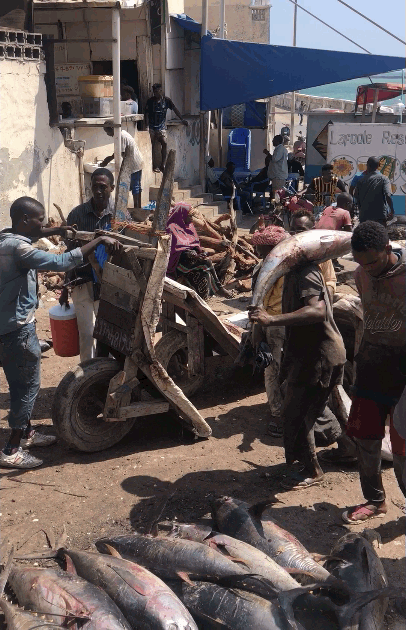
Every foreign tourist who comes to Mogadishu gets a tour of the fish market. After our security detail established their safety perimeter with a guard at every entrance, I was awed by fishermen carrying 50 kg tunas on their backs. I was impressed that tuna was sold for only about $1 per kilogram. I was amused to watch a cat tiptoe carefully through the blood and offal. In the hot tropical sun, the stench of the fish was … amazing.
Mogadishu isn’t entirely filthy and ruined. The Mogadishu Mall has sparkling clean floors, well-dressed clerks, and high-fashion shops … and not many customers.
Ahmed told us that most of the doctors, nurses and medical personnel in Somalia are women.
Although there aren’t many monuments left standing in Mogadishu, one that is restored and revered is the Tomb of the Unknown Soldier. It was built to honor those who died fighting for the first independent Somali Republic formed in 1960. The monument’s inscription is in Italian as Somalia was an Italian colony.
To truly experience a country, one must sample the local menu. I’d eaten camel in Morocco and found it to be tough and chewy. The camel meat I was served in Somalia was sweet and tender.
During the Battle of Mogadishu (aka the Black Hawk Down incident), the US lost several vehicles, a few helicopters and 19 troops. All of the military hardware has been scavenged for scrap metal except for this tank, which rests on a residential street near the Bakara Market.
I almost didn’t get out of Somalia.
From Somalia, I’d planned fly back to Entebbe, Uganda, via Addis Ababa, Ethiopia. At the final passport checkpoint in the Mogadishu airport, an airport official confiscated my passport and boarding passes, and told me that I couldn’t board my plane because I didn’t have a visa for Uganda. Having recently come from Uganda, I knew that I’d be able to buy a Visa On Arrival for $50 when I landed in Entebbe, so I didn’t need a visa in advance. However, the Somali agents insisted on following the official IATA (International Air Transport Association) Timatic, rules which state that all foreigners traveling to Uganda must hold an e-visa in advance of arrival. For several minutes, it looked as though I would be held in Somalia against my will — for at least three days, until I could get an e-visa for Uganda.
Fortunately, I had a visa for Ethiopia. Although the Somali agents insisted that I couldn’t continue from Ethiopia to Uganda, they returned my passport and boarding passes, and let me board my plane to Addis Ababa. At the Addis Ababa airport, Ethiopian Air accepted my boarding pass to Uganda with a smile, and put me on their plane. On arrival in Entebbe, I paid $50 for a Visa On Arrival. My Ugandan friends were glad to see me. Whew!
Lesson learned. Airport officials are sometimes misinformed. It’s important to know where they get their misinformation from. I’ve bookmarked the IATA Timatic website for future reference.
I’ve now visited 47 African countries. Some are healthy, prosperous nations with stable governments. In contrast, Somalia is a failed state. Bart and I chatted with Ahmed (our guide) to try to understand why.
Troubles in Somalia – as in most African countries – began centuries ago with the slave trade. European and Arab powers traded weapons for slaves and other resources. Armed with advanced weapons, African clans and tribes, instead of resolving conflicts in traditional ways, went to war.
A similar form of interference by foreign powers is still going on in Somalia. The UN, America, Saudi Arabia, Ethiopia, Kenya, Djibouti, Yemen, Libya and Russia have provided food, money, weapons and sometimes troops, ostensibly to restore peace and stability – but also to achieve goals of each these foreign powers. Somalis have not been given a chance to deal with their internal problems their own unique way.
Somalia’s 30-year civil war has been a conflict between African and Arab factions. Although Somalis are Muslim, Somalia is not an Arab country. It’s African. Ahmed feels that Somalia was wrong to join the Arab League in the early 2000s. Although the Islamic Courts Union (ICU) temporarily brought law and order to southern Somalia, it led to the formation of Al Shabaab, funded by Al Queda and folks like Osama bin Laden. When Al Shabaab and the ICU took over Mogadishu in 2006, and began to enforce their hard-line Sharia law, Ethiopia invaded in order to prevent a spillover of jihadi violence. This is an example of how Somalia’s conflicts have been created by foreign interference.
There’s another reason why Somalia is difficult to govern. In the XIX century, Europe divided up Africa without regard for existing states or territories. Many African countries have artificial borders that ignore the original cultural or ethnic boundaries. Ahmed explained that, because of how Somalia’s borders were drawn, Somalia’s current parliament must be allocated into 4½ political parties in order to provide fair representation for each of Somalia’s clans. (The “half clan” is a cluster of minority clans.)
Ahmed is optimistic that Al Shabaab will eventually lose its influence as more and more Somalis reject Islamic extremism. Most Somalis would like to live in a secular and traditional state where women have rights, where tribal differences are respected, and Somalis live together in peace, solidarity and harmony. Somalis are a resilient people who are more than capable of changing their suffering of the last 30 years.
Until then, Somalia must survive the pending famine. Not only is there an extreme drought, Somalia buys 90% of its wheat from Russia and Ukraine. 2023 is going to be a very hard year for Somalia.
For the past five weeks, Uganda has been my base for tours of the Central African Republic, South Sudan and Somalia. I have wonderful friends in Entebbe. Each time I return to Uganda, I’m reminded that there are happy, friendly, stable countries in Africa. In Entebbe, I can stroll through my neighborhood day or night and be greeted warmly by friends and strangers. I’ve learned a few phrases of Lugandan. My neighbors love meeting a Mzungu who can speak a little bit of their language. Speaking the local language makes every interaction more fun.
Last Sunday, I was invited to my neighborhood church for their annual Christmas singalong. I’ve posted two minutes of their 2-hour program. I’ll let this be my Christmas greeting to all of you who have read all the way to the end of this travelogue.
My plane has just landed at JFK. I’m looking forward to a merry – and white – Christmas with loved ones and I wish everyone the same!
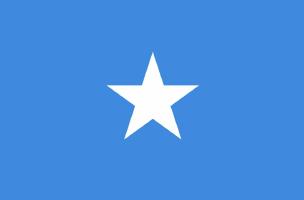
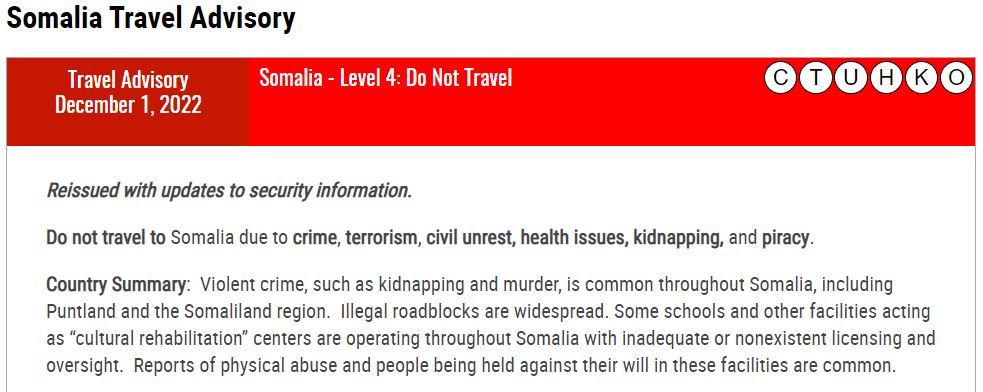
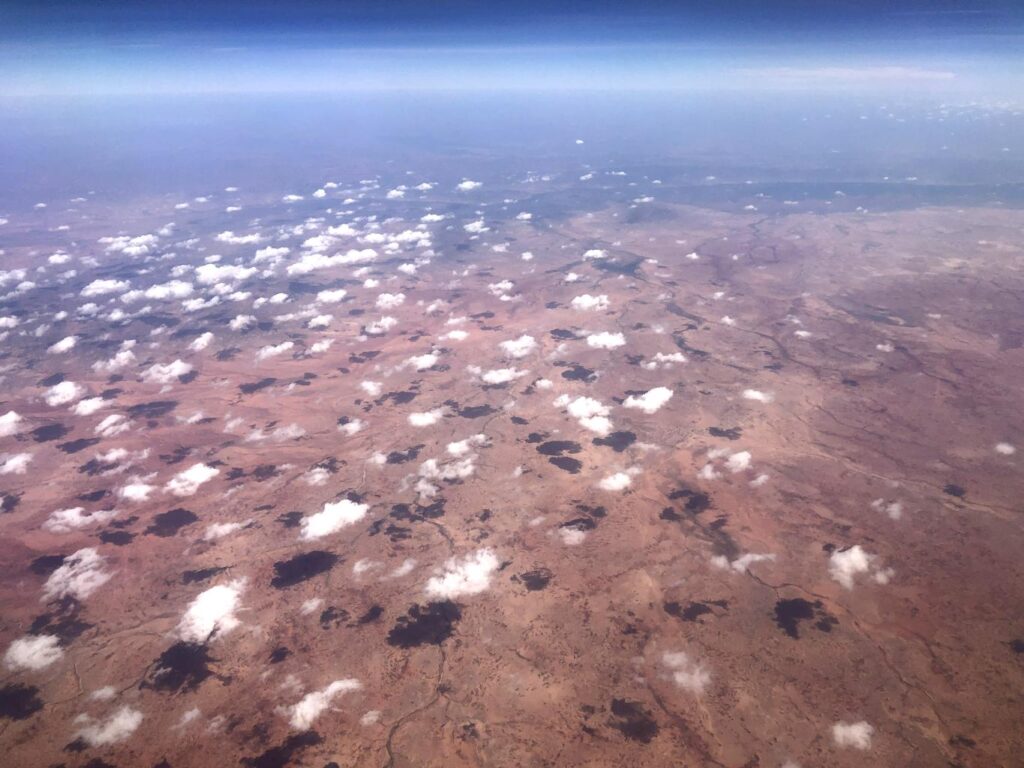
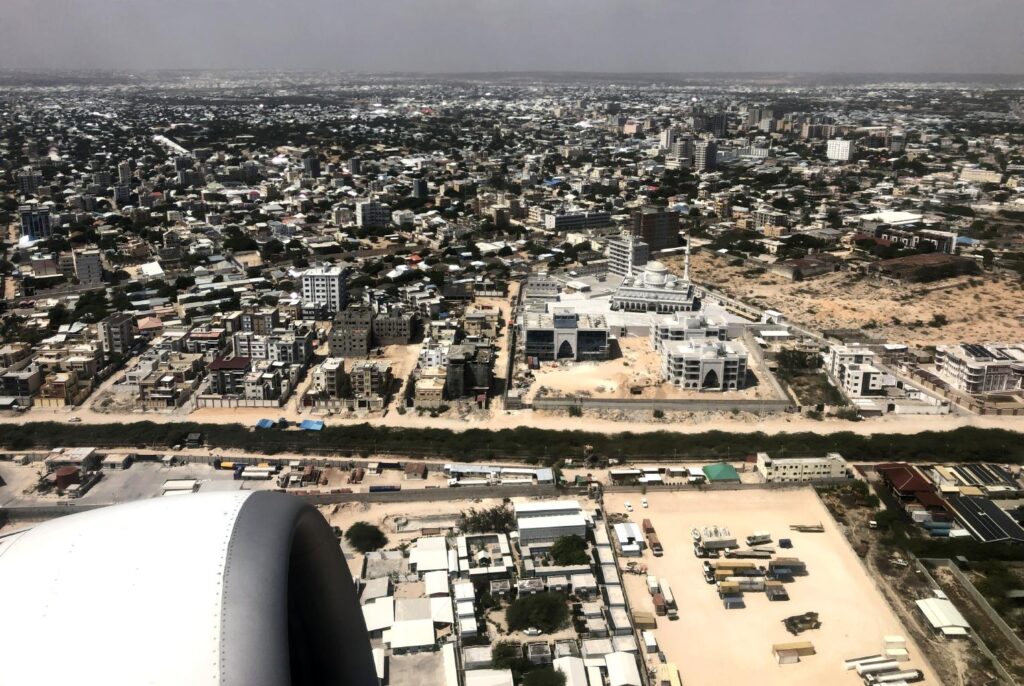
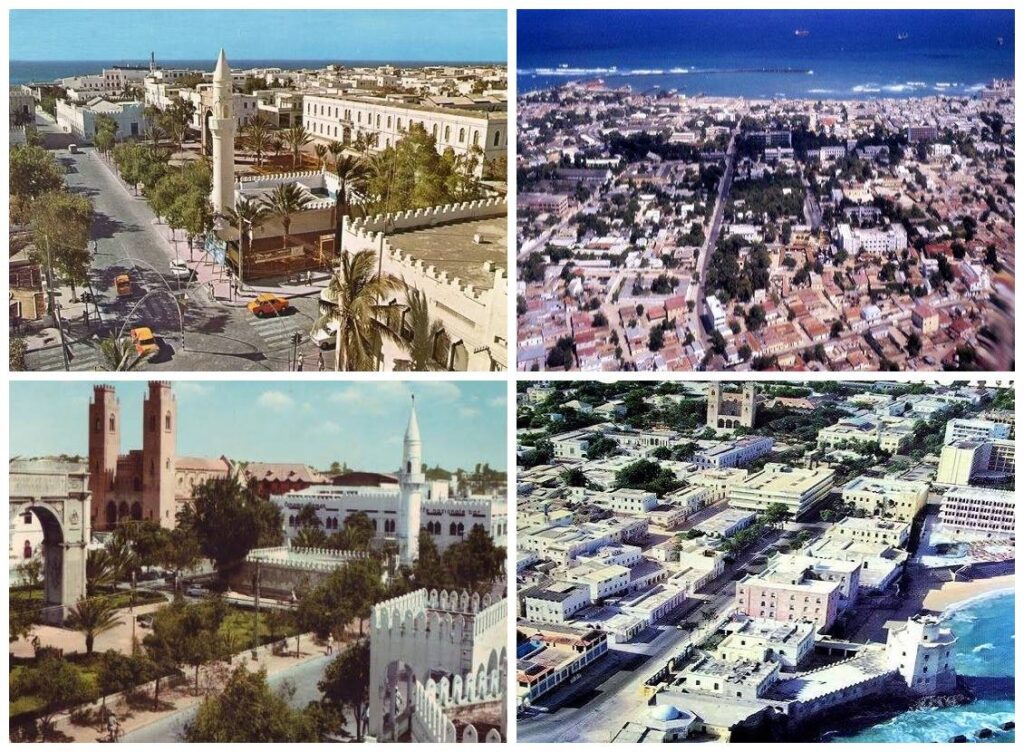
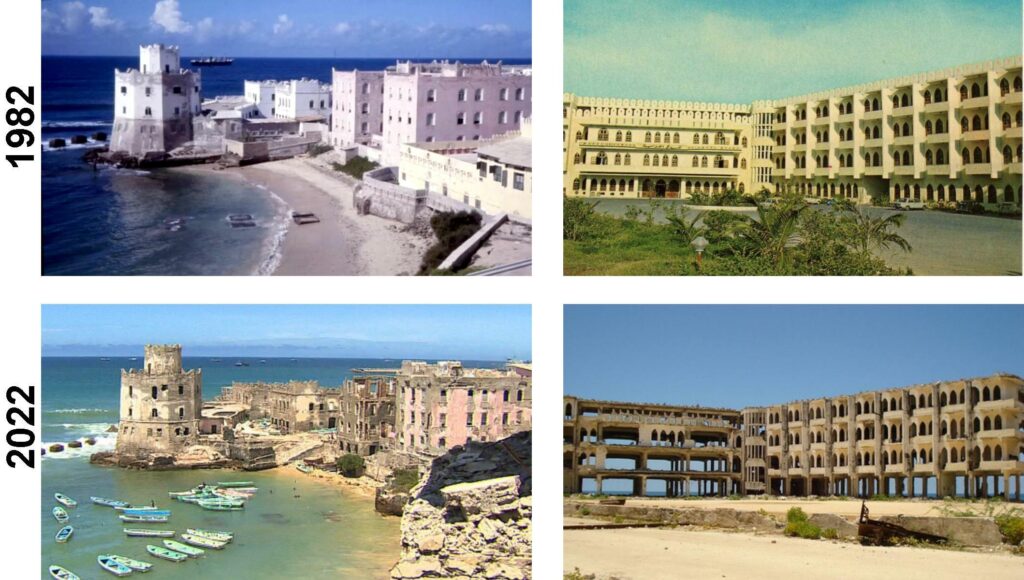
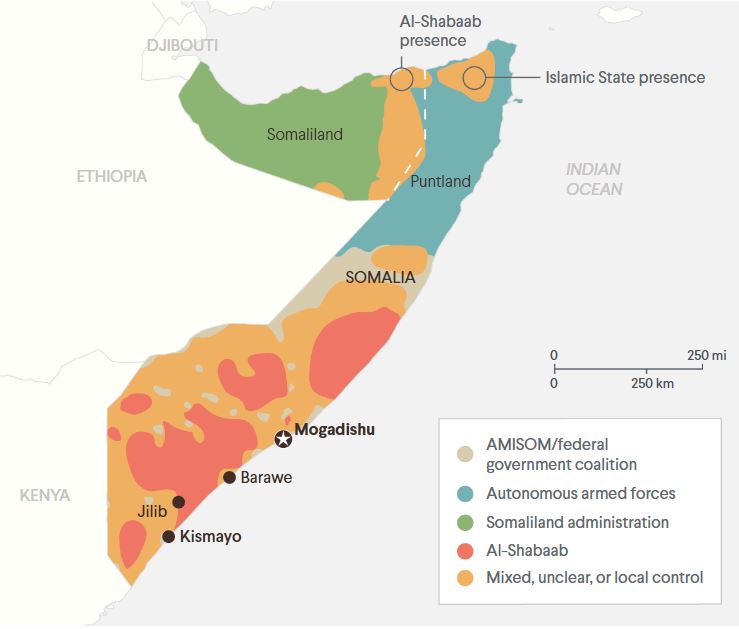
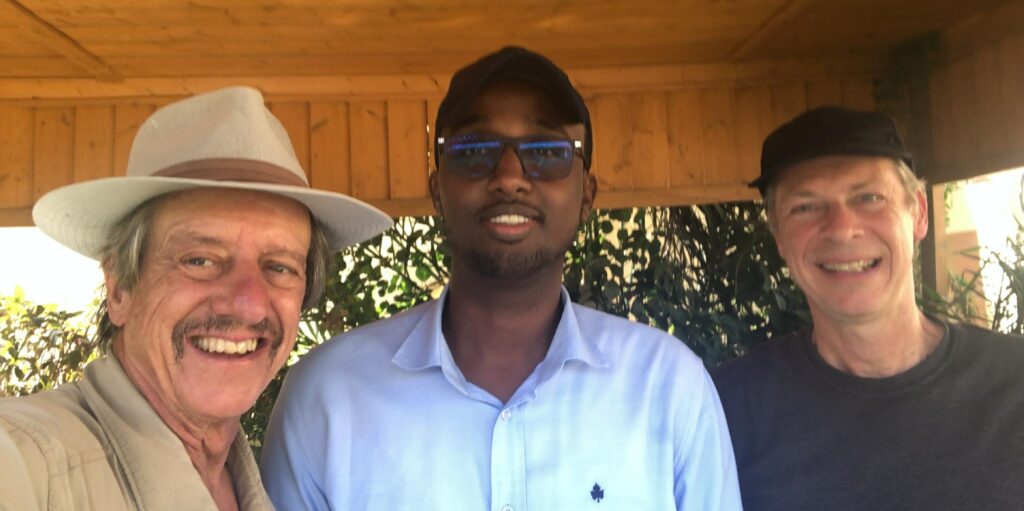
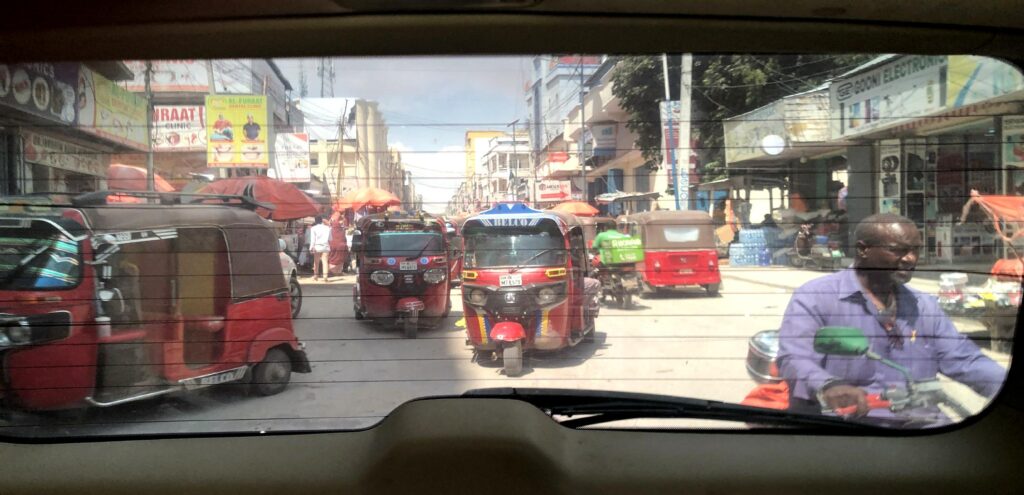
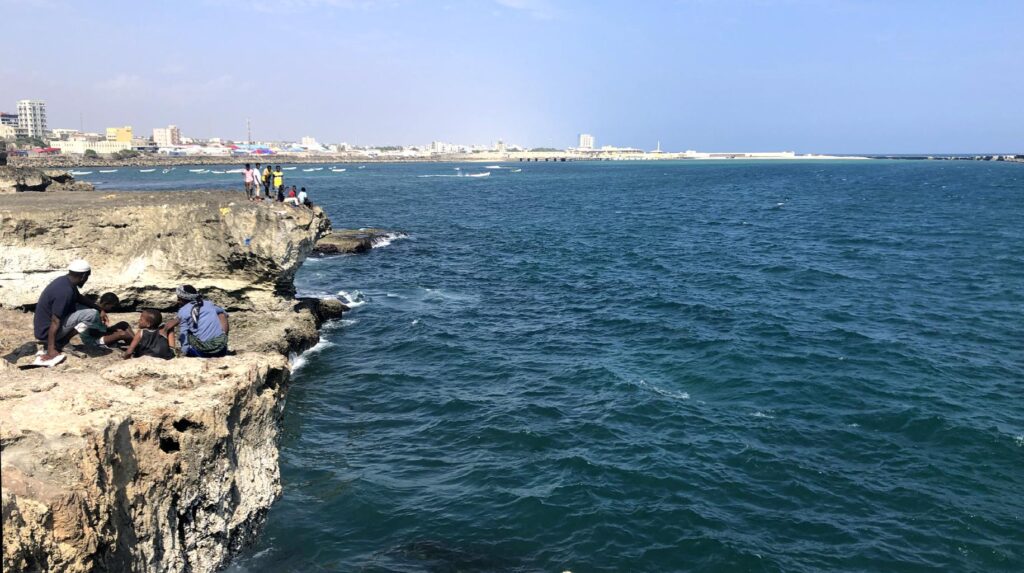
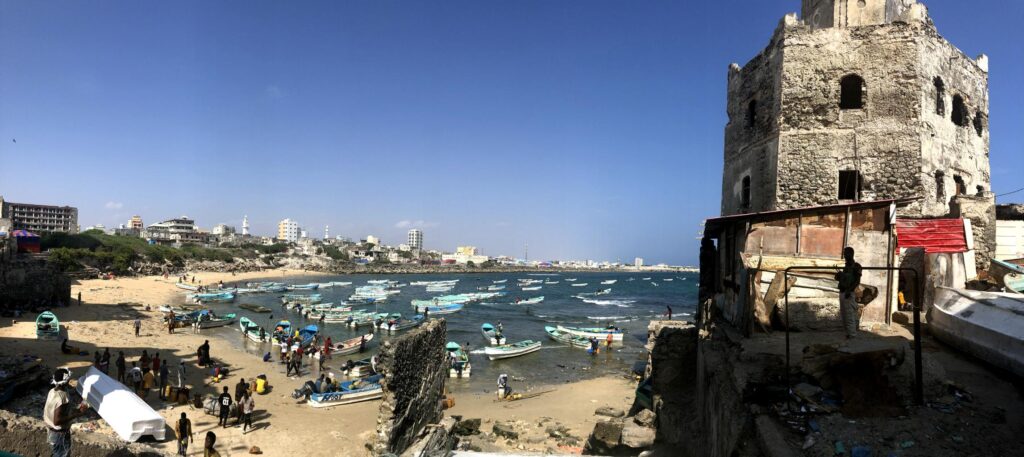
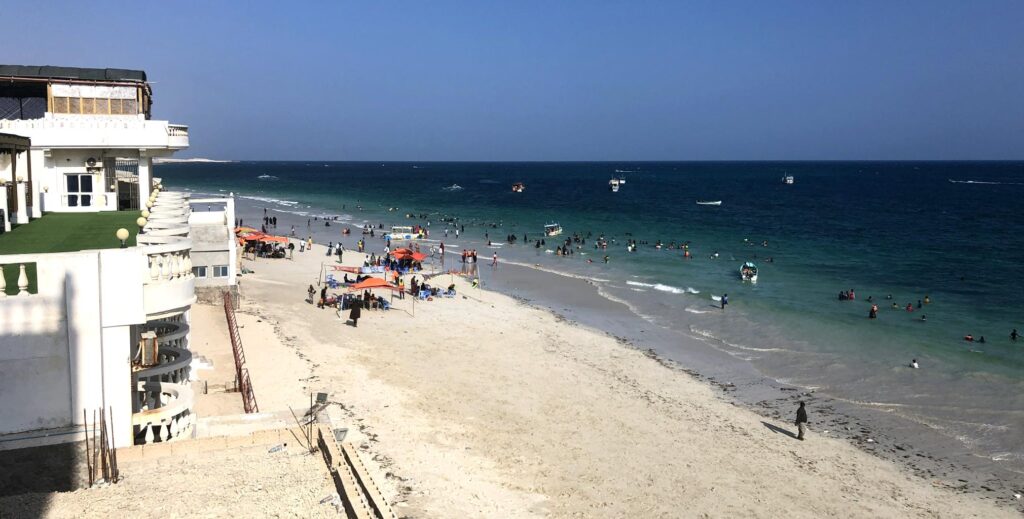


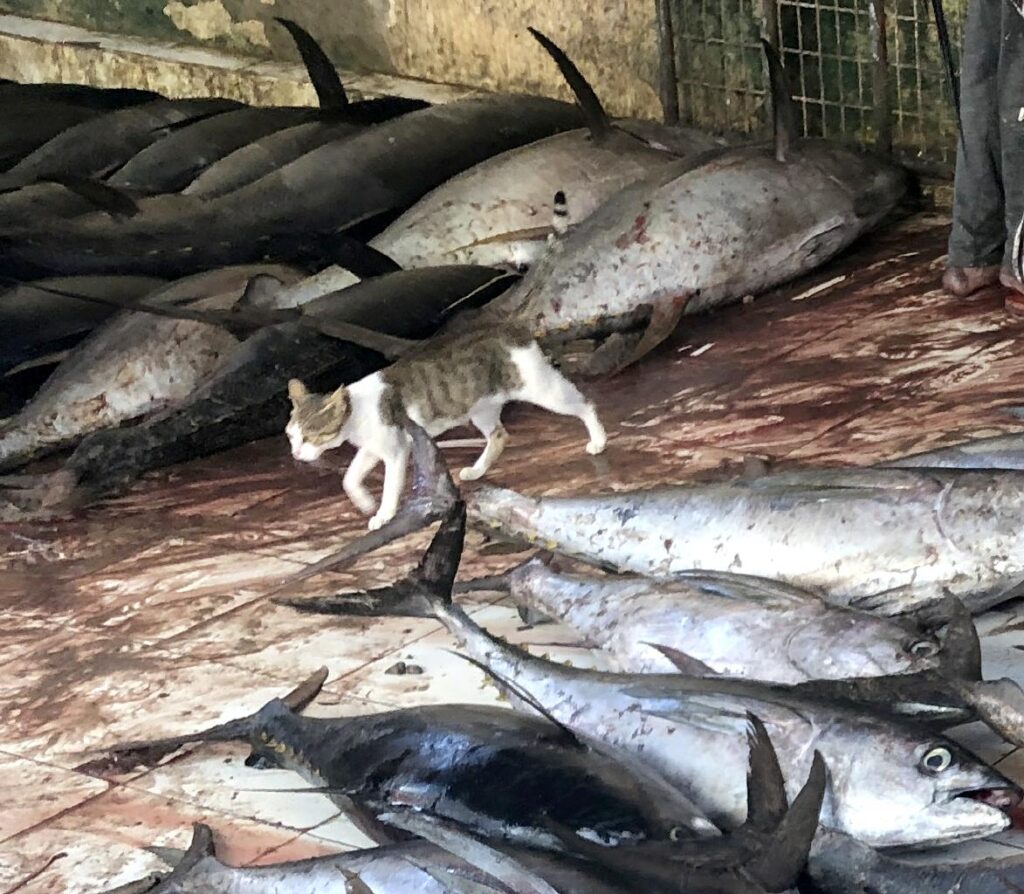
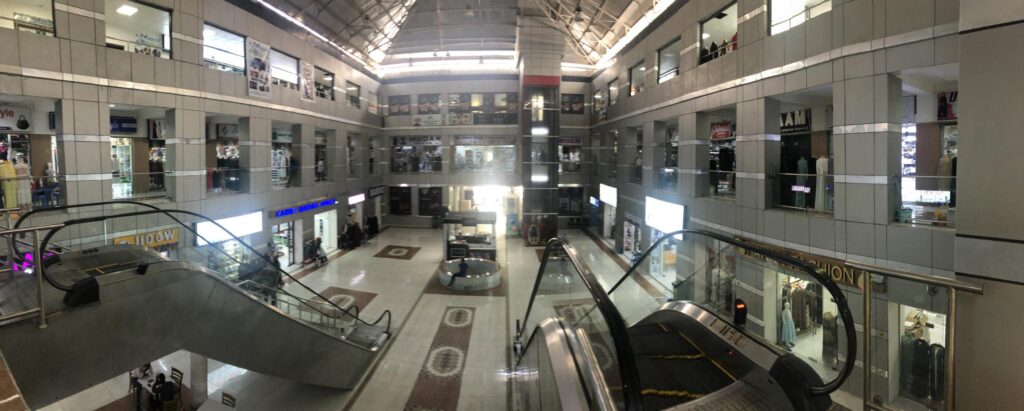
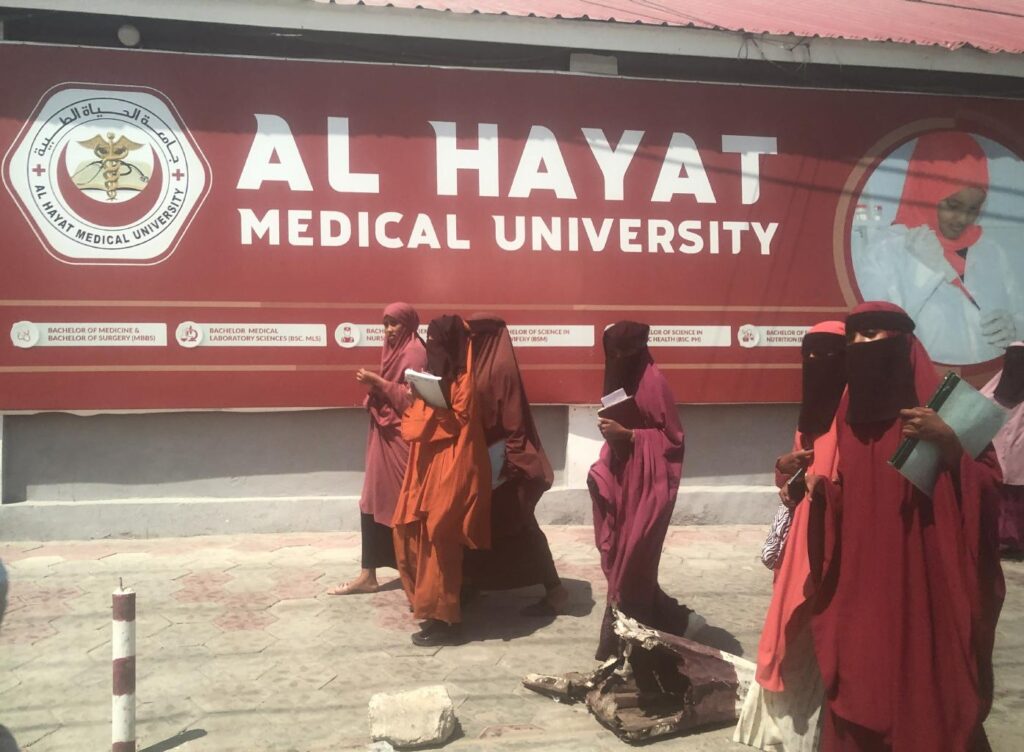
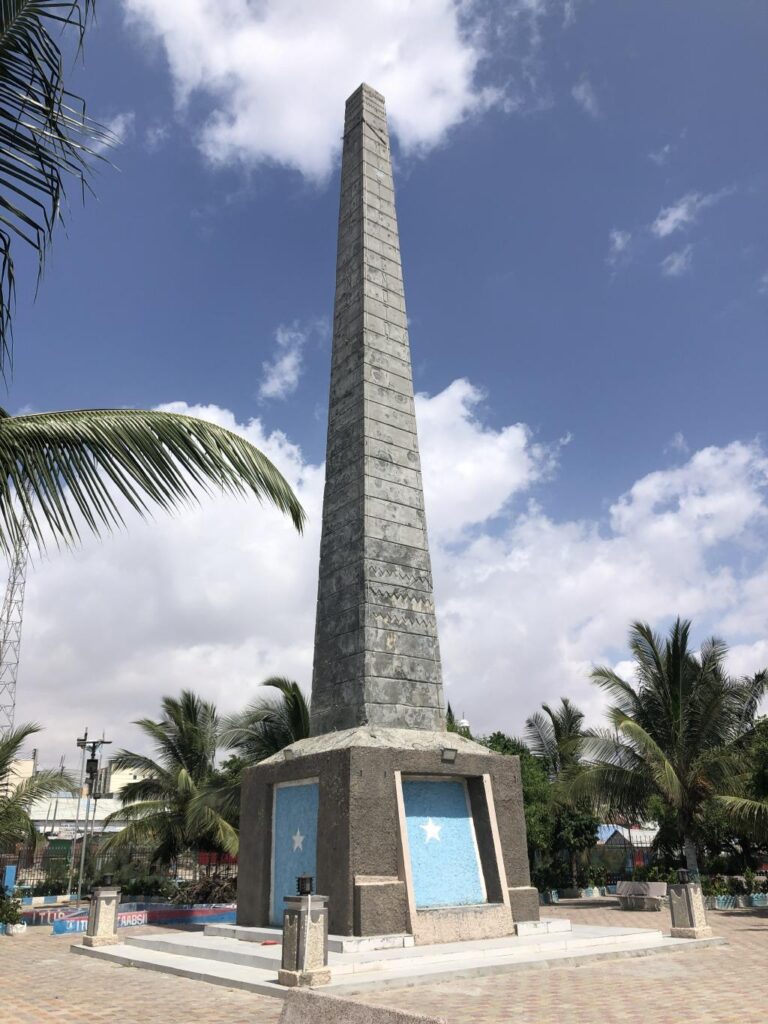
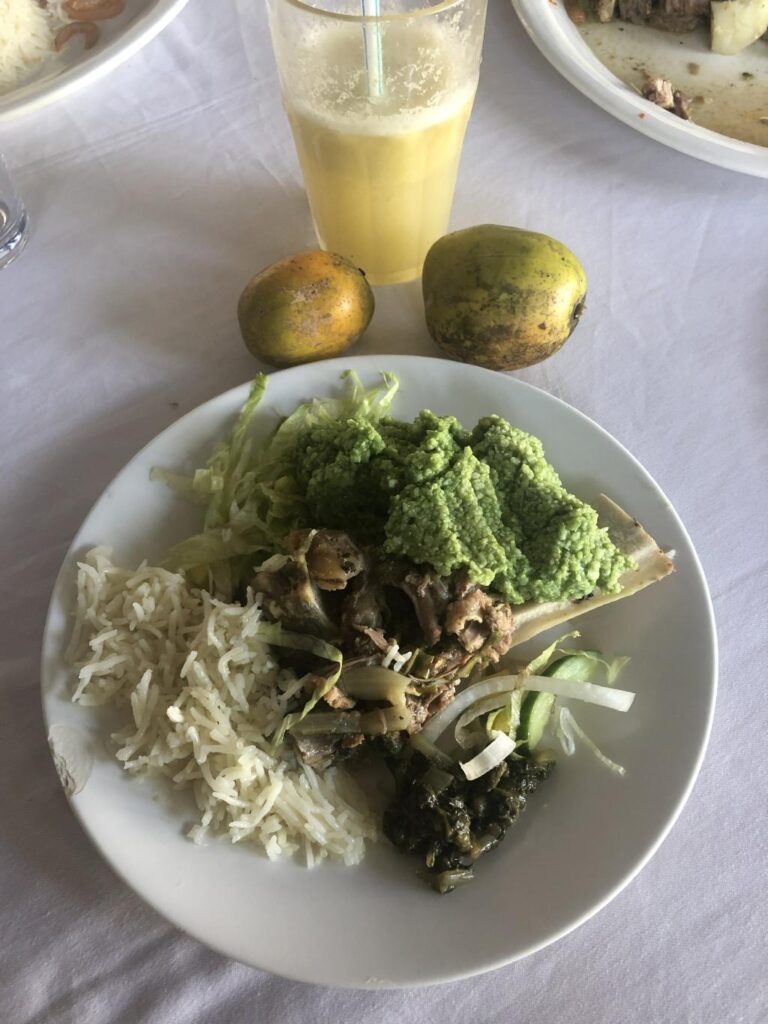

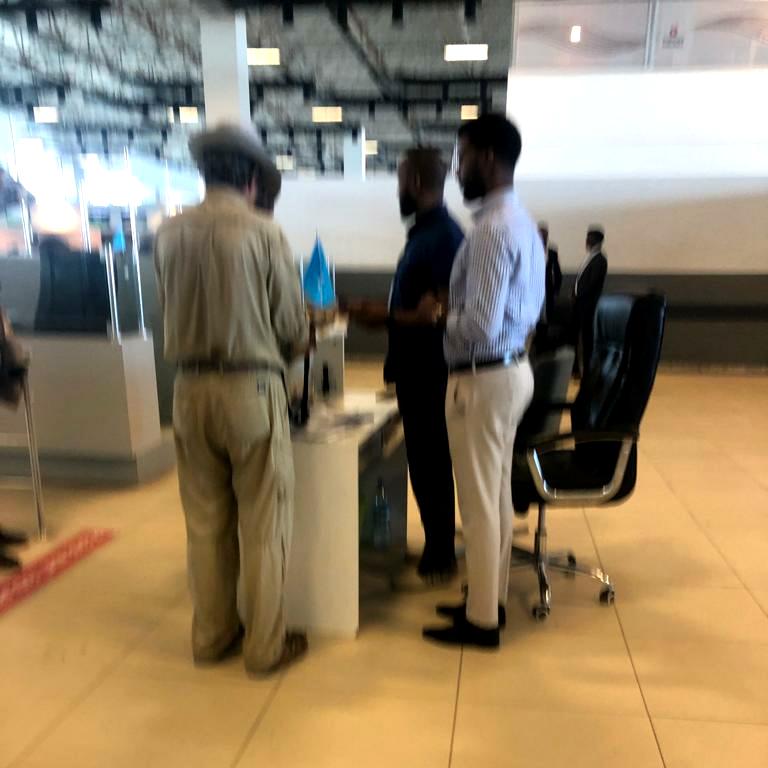
Glad you’re back! Merry Christmas from the Keys!
Wonderful singing!
Also is the dancing with one glove an hommage to Michael Jackson maybe?
Thank you for this beautiful Carol. I wish you a very happy Christmas as well.
Hi Nick
I read that currently Uganda is infested with Eboli? What are your thoughts? What has been your experience on the ground??
I February I’m following in your footsteps visiting Suriname crossing into Guyane for a week then returning to Paramaribo for my flight home. Any suggestions or must see things. Thanks much. David
With the most recent hostage trade–a low-value basketball player for a high-value arms dealer–I’m going to go out on a limb and suggest that Americans no longer have the right to go to countries where hostage-taking is a real possibility. True – many readers of this blog, myself included, have had remarkable experiences in the “edgy” countries, but maybe it’s time to stop visiting these countries… at least with our American passports.
Hi NIck!
It is always plaisure reading about your amazing experiences travelling!
Your incredible way to explain the feeling of what you have seen make me jump into the country you ‘ve visited
Enjoy your Christmas time home!
Happy new year!
Alex
Your e-mails seem to get better and better. Merry Christmas from San Carlos, Nicaragua. A great shot of Mogadishu. You have it together, brother, and don’t forget to keep on truckin’
Tough one –
Welome home Nick – hope to see you guys at the Melin’s!
Belated Merry Christmas. Your travelogues are getting better each month. I appreciated the historical background to Somalia. Judging from your photos, it looks like you had a great trip.
A couple of days late getting to your most recent post, which includes a concise yet complete summary of complex recent events in the Horn of Africa. Your report is very sobering, in line with dispatches from other struggling African nations. That said, your upbeat conclusion reminds us that Uganda went through its own dark era and is well on the road to recovery. Merry Christmas, and welcome back.